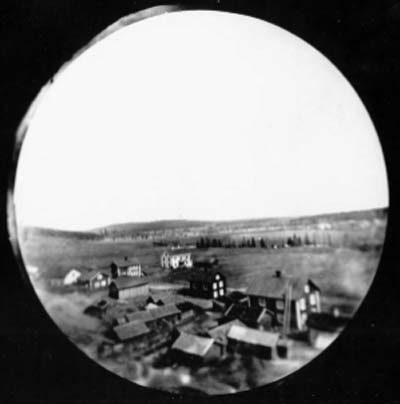Alfred Nobel’s rocket camera
Alfred Nobel, the Swedish millionaire who originated the world’s most prestigious science prizes, was also a compulsive tinkerer and filer of patents. Among the fields that caught his interest was rocketry, perhaps not surprising for the man who invented dynamite.Nobel wasn’t the first to think of …

Alfred Nobel, the Swedish millionaire who originated the world's most prestigious science prizes, was also a compulsive tinkerer and filer of patents. Among the fields that caught his interest was rocketry, perhaps not surprising for the man who invented dynamite.
Nobel wasn't the first to think of launching a camera on a rocket, but in 1896 he filed a patent for "an improved mode of obtaining photographic maps" from aerial platforms, including rockets. Each rocket firing would produce one picture, which the camera would snap while parachuting back to the ground. To control when the shutter released, he used a time fuse instead of a clock.
Nobel died in December of that year, but engineers at his research lab in Karlskoga, Sweden took the idea forward, and within a few months had built a prototype. On April 26, 1897, their rocket camera took two photographs looking down on the town of Karlskoga.
Since then, most people have assumed the pictures were taken from a rocket, since it was, after all, a rocket camera. The trouble is, there was no account of the device being launched, even though Nobel's staff kept detailed records.
Now Swedish-born aerospace engineer Ingemar Skoog thinks he's figured out why. Based on the location of buildings in the photos, some of which still exist, he thinks the pictures were most likely taken from a high hill overlooking Karlskoga. Skoog, who reports his findings in a recent issue of Acta Astronautica, figures that the two rocket camera images, which are nearly identical, would have been very different in angle and perspective had they been taken from cameras swinging from parachutes after separate launches. His conclusion: The camera was probably fixed to a static mount during a ground test. And there's no evidence it was ever launched on a rocket.
Still, Nobel gets credit for a good idea. And no doubt he would have been pleased by V-2 rocket photos of the Earth taken half a century later.